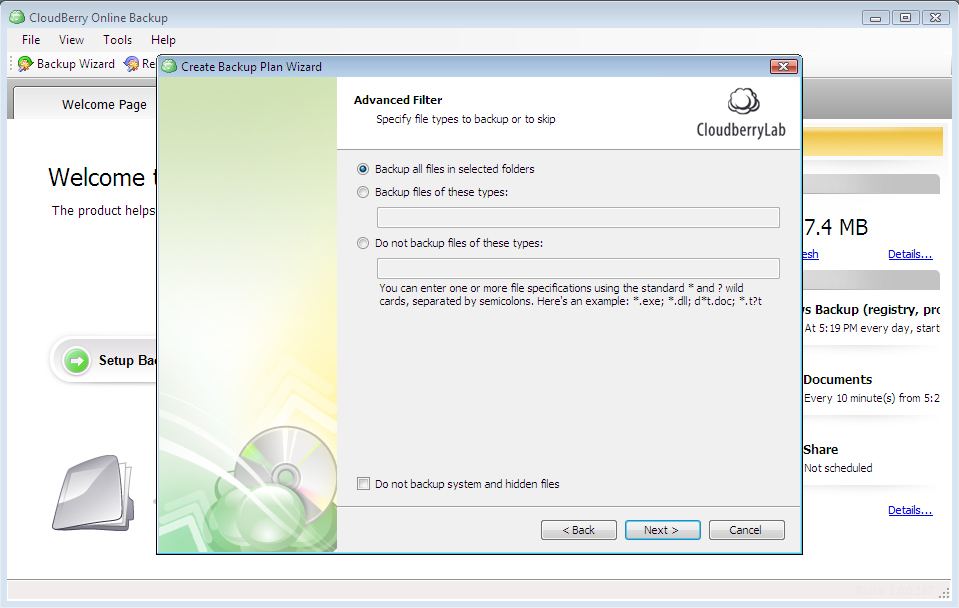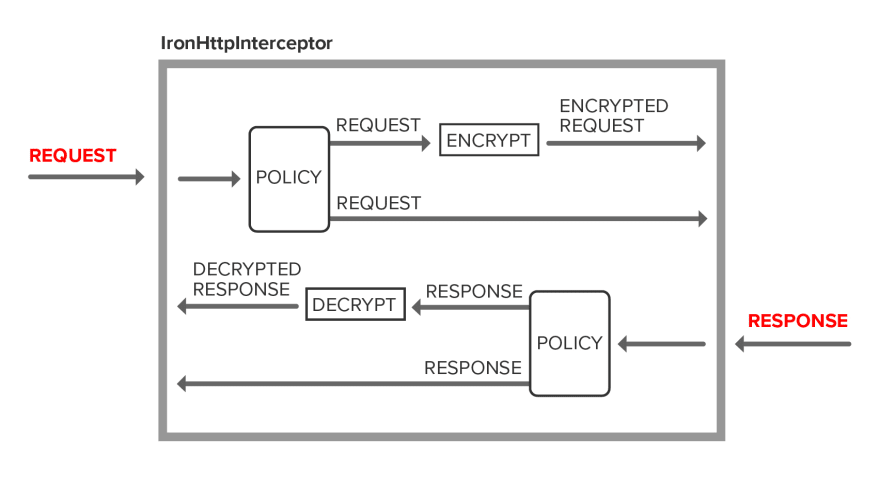


They have a ton of different options for encryption, which are too many to list here but suffice it to say there are a lot. You can choose to compress or encrypt your files on upload. The next step will be good for privacy-conscious people. Next you can choose whether you want to backup all files or just certain types (or exclude certain types). The first step is a tree where you can choose the directories you want to back up. They use a wizard system to take you step by step. CloudBerry does a good job in helping the user along and pointing them where they need to go. I know some less technical users might have a hard time wrapping their head around this step, but with S3 there isn’t really a way around it (that I can think of). If you don’t already have an account, they have a link to set one up. When you first install, you will be asked to set up your Amazon account. It has easy to access buttons for doing a Backup and a Restore, and helpfully comes with Backup Plans (what you set up to tell CloudBerry what to backup when) already defined for My Pictures, My Documents, and My Internet Bookmarks.

Once you do you are greeted with a welcome screen. Installing CloudBerry Backup is pretty simple. Even if you are nervous about storing your data “in the cloud” with some startup company, in the case of S3, its pretty unlikely that Amazon is going anywhere any time soon.Ĭurrently, CloudBerry Backup is Windows-only, and of course an Amazon S3 account is required. Well, now the team from that product have taken the next step and have a new product in Beta called CloudBerry Online Backup which, not surprisingly, acts as a front-end for Amazon S3. I like to store my encryption keys in a separately encrypted secure location that requires two factor authentication such as a cloud bucket or a password manager.If you are a user of Amazon Web Services’ S3 storage service, you have probably come across CloudBerry Explorer, which is a tool for managing your S3 data. Hand typing the key can lead to entry errors. Whether creating a new backup or restoring an existing backup, I strongly advise using copy/paste when entering the encryption key. I am uncertain of the requirements to restore Exchange or SQL backups. (don't forget to restore the destination back to your cloud drive when testing is complete) Run the new VM after the restore is complete to verify. For testing, you can temporarily edit the destination to a local drive, run a backup, then restore the image to a new VM. To verify the encryption key for an "Image Based" backup (purple Windows flag icon), you must restore the entire backup.

Restore the file or files to a new location and verify you can open them. You can verify the encryption key for a "Files" backup (yellow folder icon) by restoring any file or folder in the backup. Depends on the type of backup you are using.


 0 kommentar(er)
0 kommentar(er)
